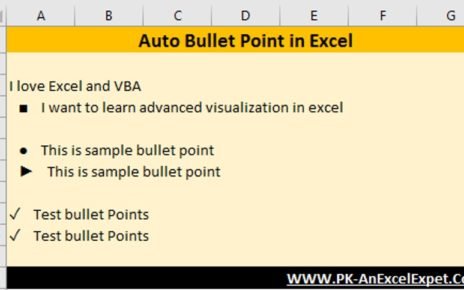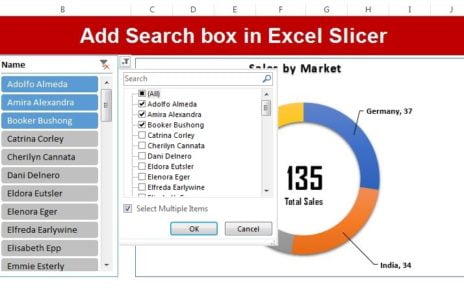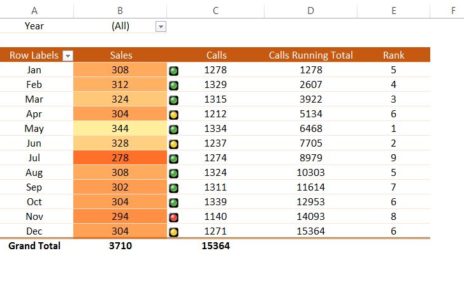When it comes to managing loans and understanding monthly payments, Excel has a handy built-in tool to make your calculations much easier: the PMT function. In this post, we’re going to show you how to use the PMT function in Excel to calculate your monthly EMI (Equated Monthly Instalment). Don’t worry if you’re new to this, we’ve got examples and step-by-step instructions to guide you!
What is the PMT Function?
The PMT function in Excel helps you calculate the payment for a loan based on constant payments and a constant interest rate. If you’re handling loans or mortgages, this function is a lifesaver.
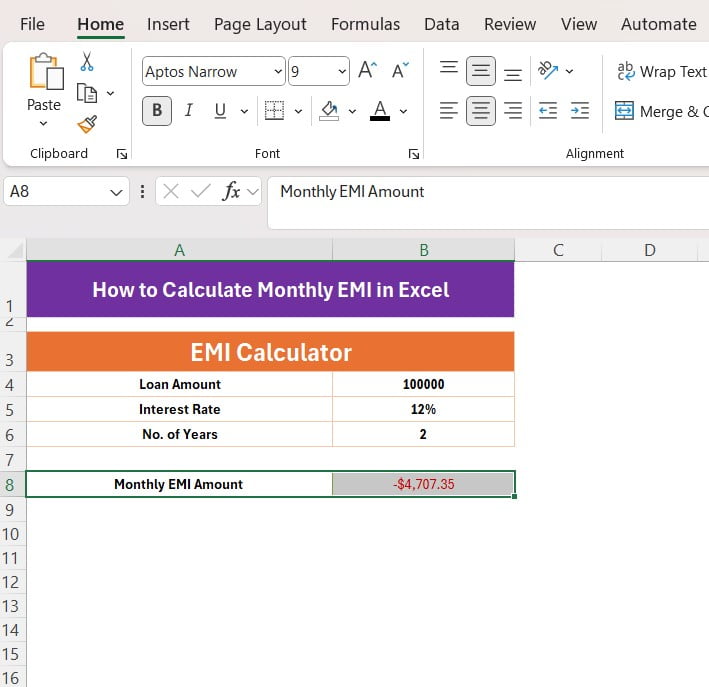
Here’s how the PMT function works:
=PMT (rate, neper, pave)
- Rate: This is the interest rate for each period.
- Neper: The total number of payment periods.
- Pave: The present value or the loan amount.
Why Use Excel to Calculate EMI?
Many people tend to rely on online EMI calculators, but using Excel has its own advantages. Not only does it give you more control over the variables, but you can also make adjustments to see how changes in interest rates or loan amounts affect your payments. Plus, once you learn how to use the PMT function, you’ll have your own personal EMI calculator right at your fingertips!
Let’s Work Through an Example
To help make this even easier, let’s walk through an example with real numbers. Imagine you’ve taken out a loan, and here’s the data you have:
Loan Amount Interest Rate No. of Years
In Excel, you’ll input the loan amount in cell B4, the interest rate in cell B5, and the number of years in cell B6.
How to Calculate Monthly EMI
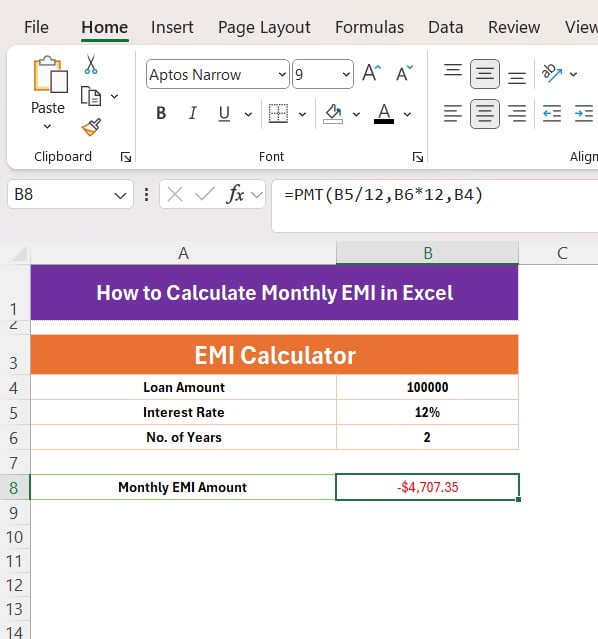
Now that we have the data, let’s calculate the EMI. We want to find out the monthly payment based on this loan. The formula to use is:
=PMT(B5/12, B6*12, B4)
Here’s what this formula does:
- We divide the interest rate (12%) by 12 because we’re calculating monthly payments.
- We multiply the number of years (2) by 12 to convert it into months.
- The loan amount ($100,000) is placed directly into the formula.
The Result: Your Monthly EMI
Once you input the formula, Excel will calculate the EMI for you. Based on the data provided, your monthly EMI comes out to -$4,707.35.
Now, you may wonder why the result is negative. In Excel, a negative value for payments simply means it’s an outgoing payment, which makes sense when thinking about loan repayments.
Why the PMT Function is a Game-Changer
Using the PMT function in Excel not only gives you accurate results, but it also allows you to tweak different variables like the interest rate or loan duration to see how they impact your monthly payments. Whether you’re managing personal loans, mortgages, or even helping someone else with their finances, this tool can make a big difference!
Try It Yourself!
Now that you know how easy it is to calculate EMI in Excel using the PMT function, why not give it a try yourself? All you need is your loan amount, interest rate, and loan term, and you can instantly calculate your monthly EMI.
This blog post is designed to be easy to understand, conversational, and engaging for your audience, with practical examples to follow along. Let me know if you’d like to add more details or adjust!
Visit our YouTube channel to learn step-by-step video tutorials
View this post on Instagram
Click hare to download the practice file

